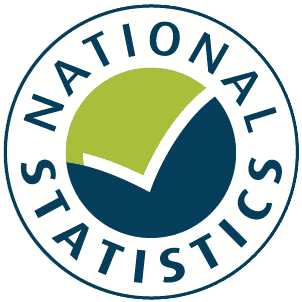Insolvency Statistics, October to December 2016
Statistics on new corporate and individual insolvencies in England and Wales, and related statistics for Scotland and Northern Ireland.
Documents
Details
This statistics release contains the latest data on company insolvency (companies which are unable to pay debts and enter liquidation, or enter administration or other company rescue process) and individual insolvency (people who are unable to pay debts and enter formal procedures).
Statistics are presented separately for England and Wales, Scotland, and Northern Ireland because of differences in legislation and policy.
Main messages
Companies in 2016
- The total number of company insolvencies was higher in 2016 than the previous year, primarily caused by 1,796 connected personal service companies entering liquidation on the same date following changes to claimable expenses rules.
- The underlying number of company insolvencies was broadly unchanged in 2016 compared with 2015.
People in 2016
- Total individual insolvencies rose in 2016, but were at the second-lowest level in 11 years.
- The increase in 2016 was driven primarily by an increase in individual voluntary arrangements, which returned to the level seen from 2009 to 2014.
- Bankruptcies fell in 2016, but debt relief orders rose because of a change to eligibility criteria.
Latest quarter (Q4 2016)
- The underlying number of company insolvencies rose compared with the previous quarter, and with Q3 2015, driven by an increase in compulsory liquidations.
- Individual insolvencies decreased compared with the previous quarter but were higher than in Q3 2015, driven by an increase in individual voluntary arrangements and debtor application bankruptcies.
Last updated 13 January 2020 + show all updates
-
Minor punctuation change to title for consistency
-
Excel tables updated following a correction to Table 5 (insolvency rate and DRO rate in Q4 2016). Other related tables and outputs not affected.
-
First published.
